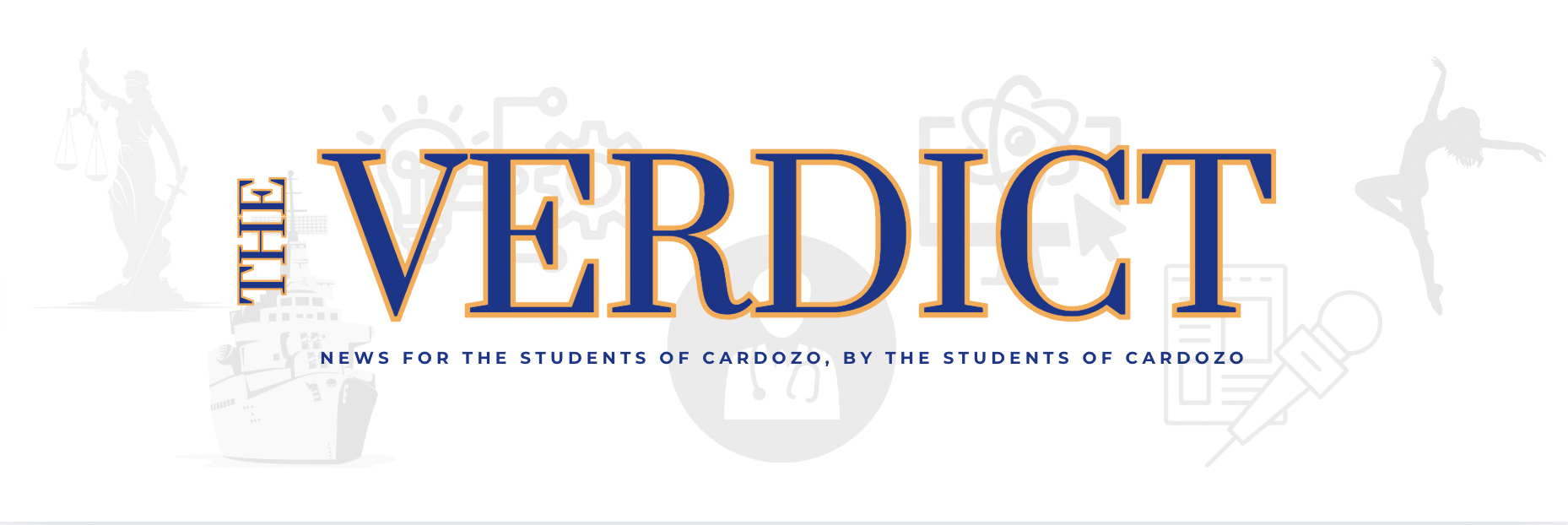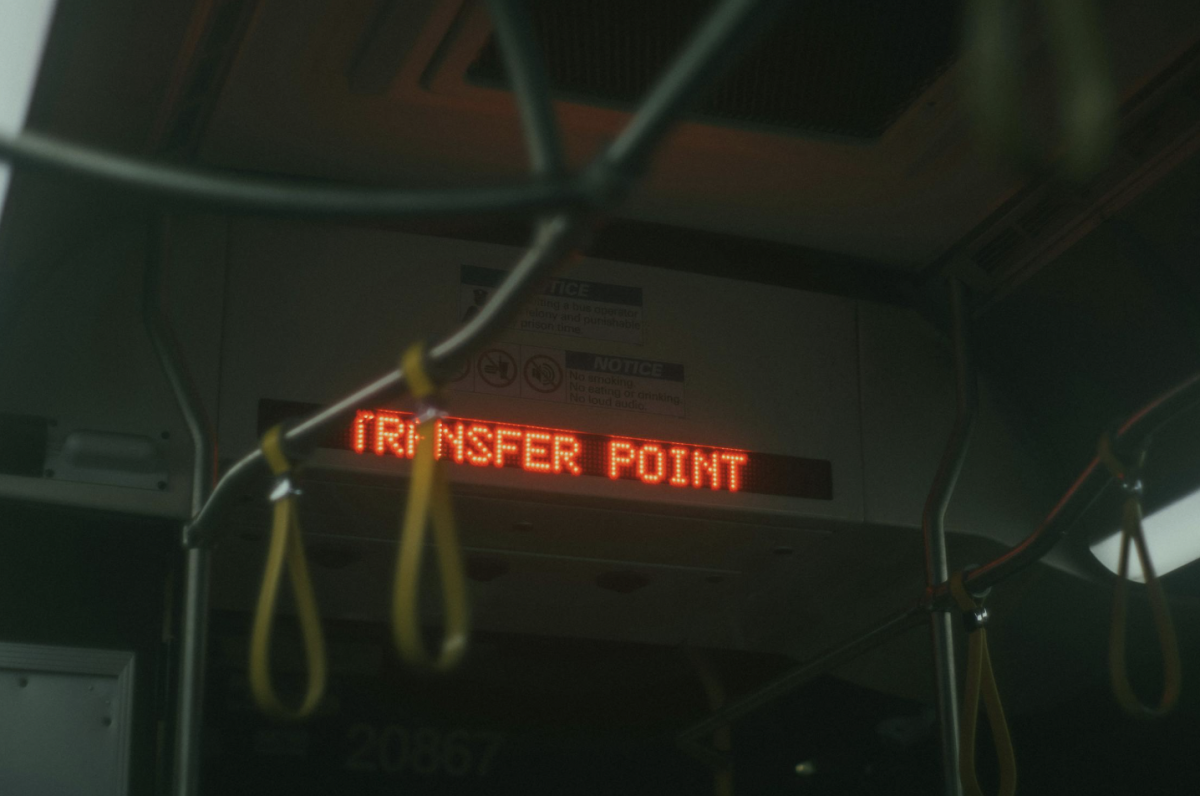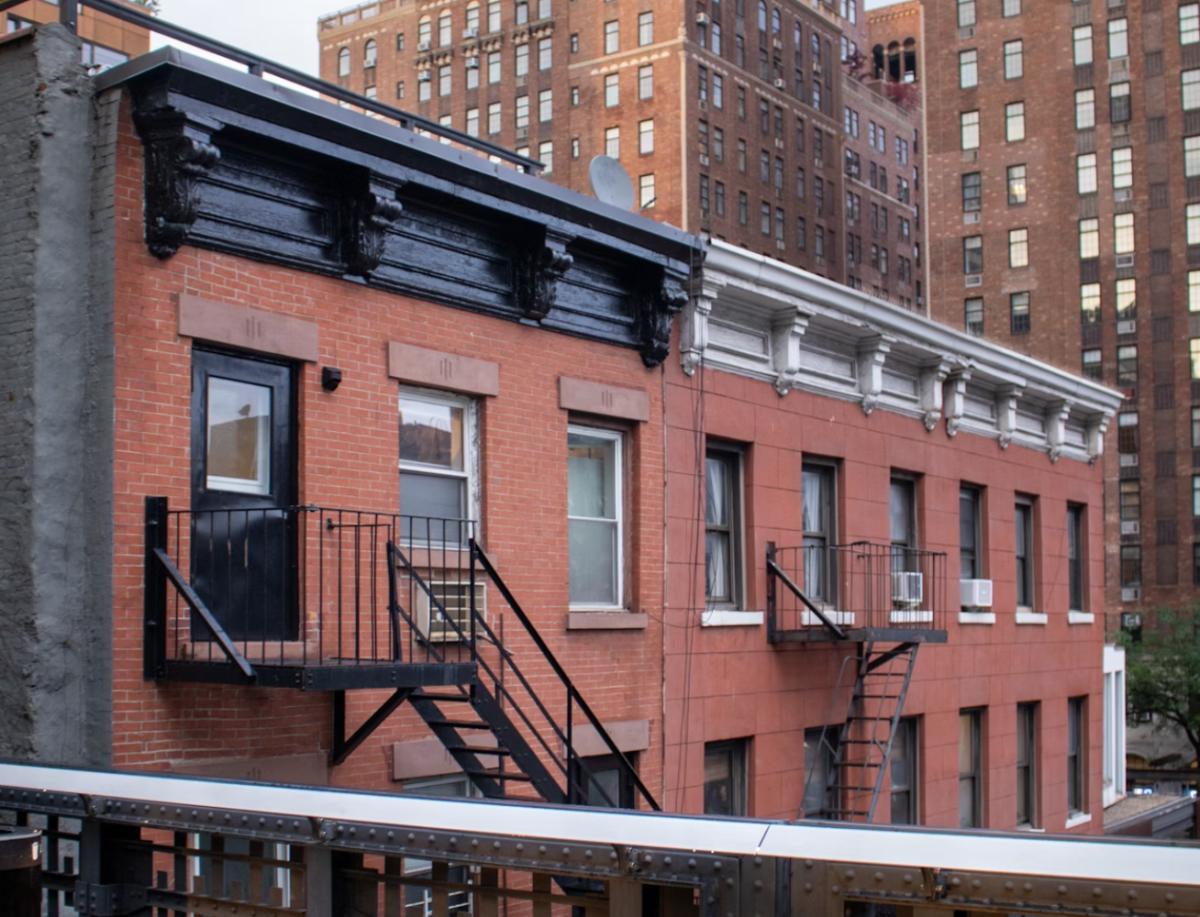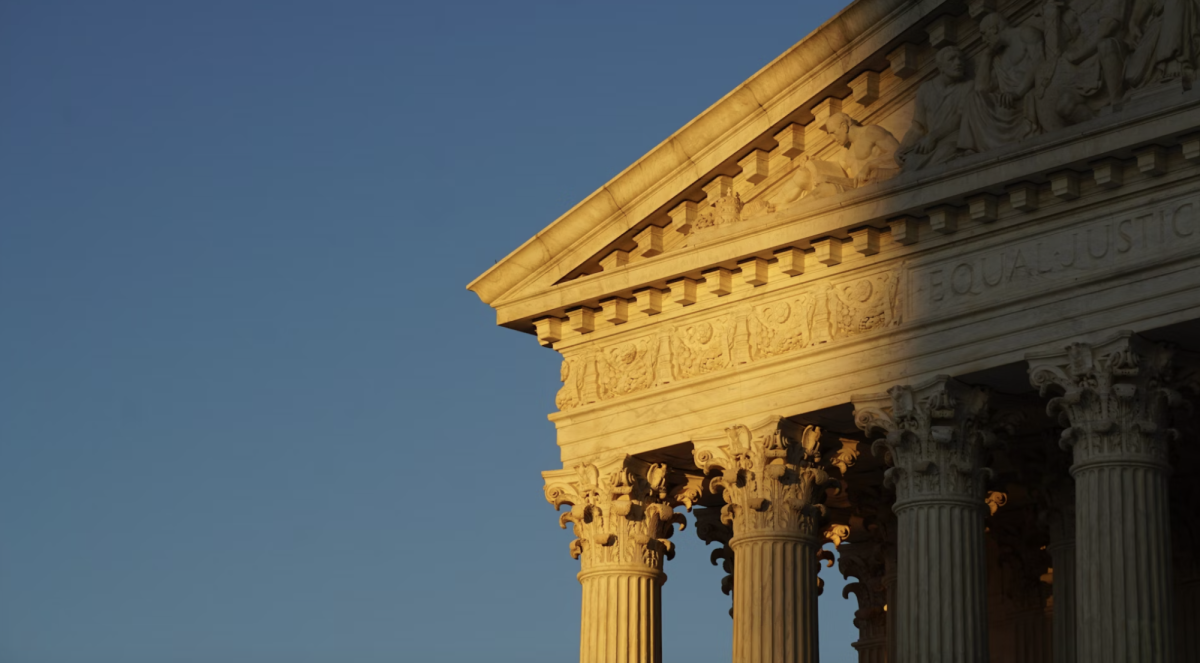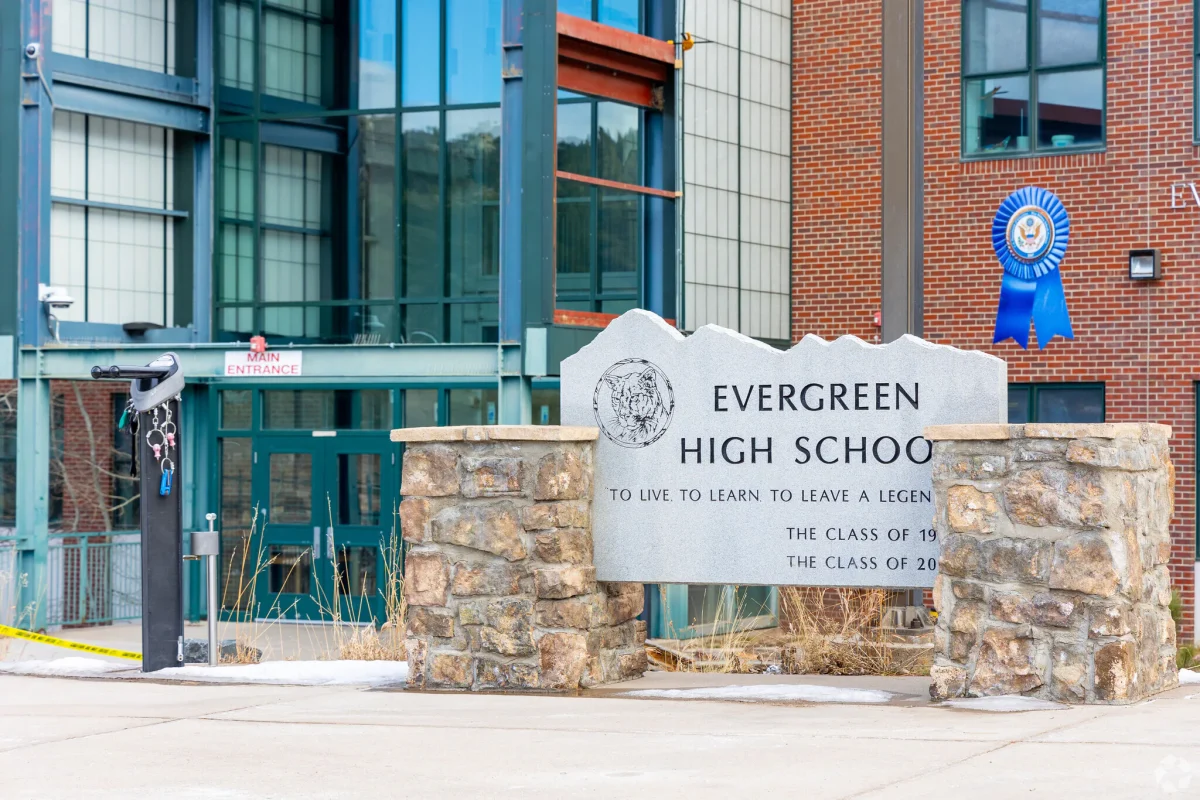Lina Hsu and Yeyeong Chang
A 7.5 magnitude earthquake hit Japan at 4:10 p.m. on Monday, Jan. 1, causing six immediate deaths in Ishikawa prefecture and a dozen injuries in four other prefectures. Buildings collapsed, fires occurred, and tsunami warnings were issued as far away as eastern Russia. Over 200 people were killed and 300 were reported missing.
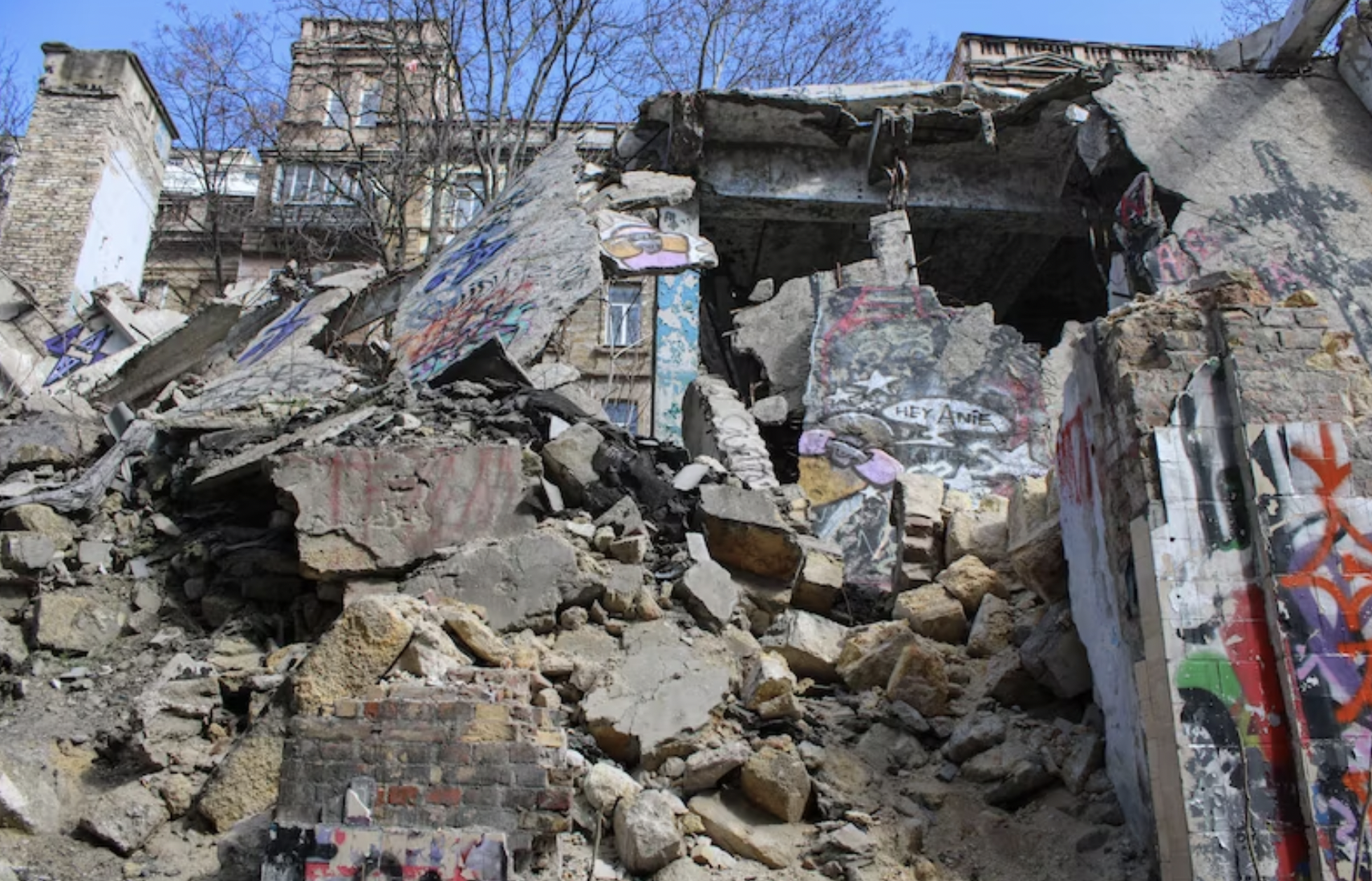
More than 32,500 homes in Ishikawa prefecture were left without power following the earthquake, according to the Hokuriku Electric Power Company. Some services of Japan’s Shinkansen bullet trains were halted, and nearly 1,400 passengers were stranded inside the trains for more than 11 hours. 1,000 military personnel were dispatched to help with the rescue and recovery efforts.
The Japan Meteorological Agency issued a tsunami warning along the coastal regions of western Japan before the first wave was reported. The first reports of the tsunami waves of around 1.2 meters (3.9 feet) were seen around 4:21 p.m., just ten minutes after the earthquake. However, no immediate damage was reported and the tsunami warnings were later removed.
Japan sits at the confluence of four major tectonic plates. It is one of the most seismically active areas on Earth. The country accounts for about 20% of global earthquakes of a magnitude of 6.0 or greater, with seismometers recording some kind of event every five minutes on average. Because of this, Japan invested greatly in making its infrastructure and its population resilient. Building codes are strictly enforced and citizens are well trained in how to respond to tremors. Japan also has one of the most advanced early warning systems in the world.
People can’t predict the exact timing and scale of an event, but there are instruments that will trigger notifications on TV, radio, and cell networks. These warnings will arrive for some people distant from the epicenter 10 to 20 seconds before the shaking. This may not seem like much time, but it’s sufficient enough to get local fire and police stations.
